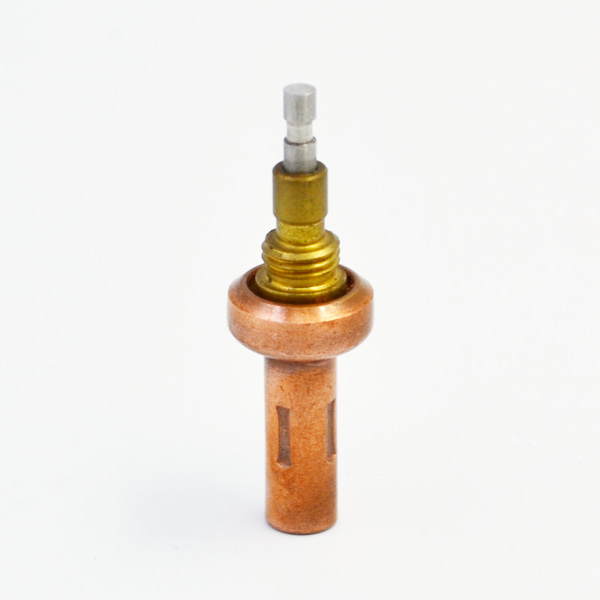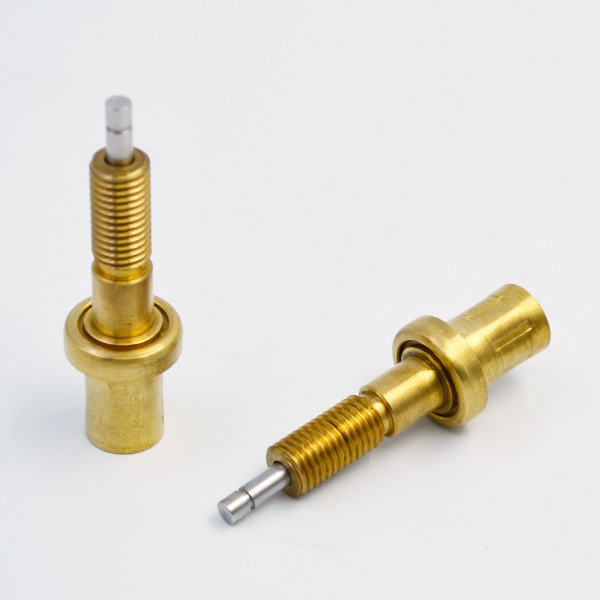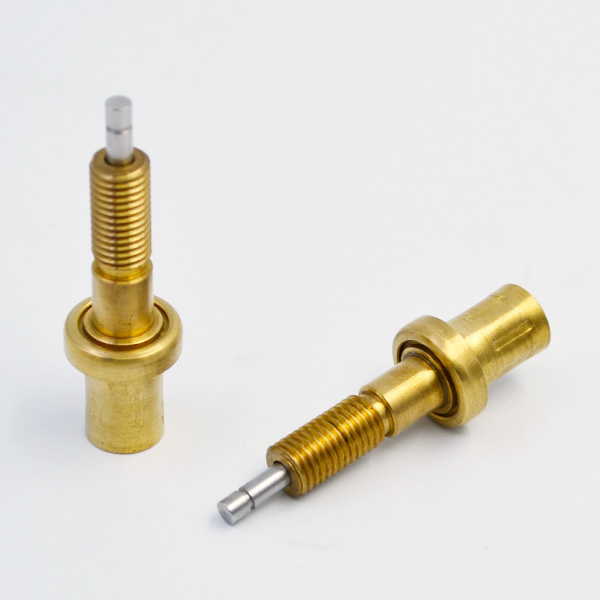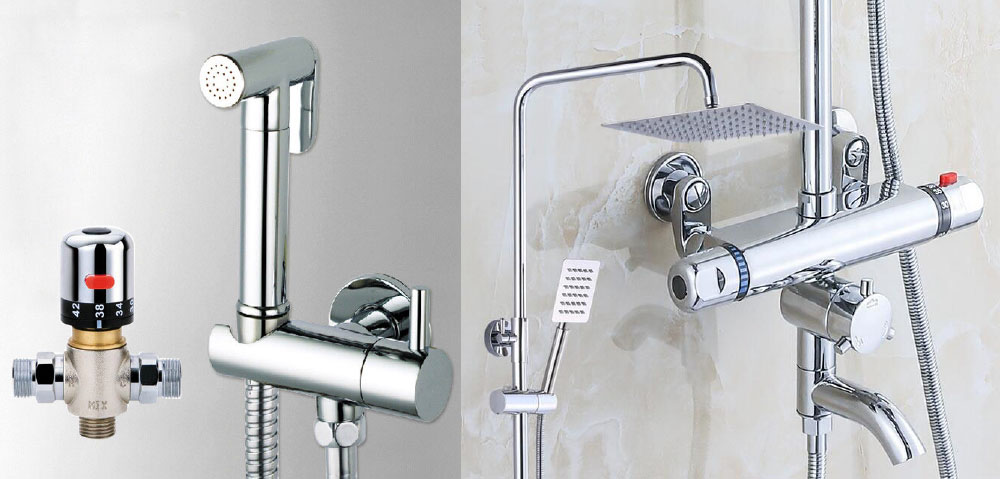In the process of continuous economic development, industry has developed to a certain extent. On the basis of the development of industry, we will attach importance to some technical problems in the development of our enterprise. As a kind of power generation industry, thermostatic element nuclear power plant provides power supply for the society, but also pays more and more attention to the technical upgrading of its own industry. This paper will make a concrete analysis of the design of digital multi-functional temperature controller for ventilation system of nuclear power plant through simulation experiments. The main problems analyzed are: the design of temperature controller circuit and the control of temperature controller. The module, the output module of the temperature controller, the design of the voltage output program, the principle of the temperature controller and so on. It is hoped that through the analysis of these problems, the digital multifunctional temperature controller of the nuclear power plant ventilation system can be used for reference in the design process. Multifunctional temperature controller has been used in many projects. The main function is to regulate and control the natural temperature. But now the multifunctional temperature controllers which are widely used are backward temperature controllers. Because of the low technology used in the design of these temperature controllers, there will be some aging phenomena in the process of continuous use, and there will be some damage to the outside of the machine. At the same time, the aging temperature controller can no longer provide high service for the equipment, so it is necessary to improve the temperature controller technically. This paper will simulate the production process of a temperature controller to study the design of the temperature controller. The main concept of the circuit design of the temperature controller is as follows: firstly, the external sensor circuit will be connected with the control sensor input module, the set potentiometer input module, the disturbance sensor input module and the limit sensor module respectively, then the circuit will be output through these modules respectively, and then enter into the multi-channel digital sampling and control module of SEM32, and then from the multi-channel digital of SEM32. Sampling and control module output, into the output circuit module, into the switching or analog output channels Y1, Y2, Y3, and finally from the switching or analog output channels Y1, Y2, Y3 output, connected with other circuits. Secondly, the power module is connected with the input module of the control sensor. In the input module of the control sensor, it is combined with the external sensor circuit.

Then it flows out of the input module of the control sensor. In the multi-channel digital sampling and control module flowing into the SEM32, the power module is also connected with the half-wave voltage in another direction. Through the outflow of the half-wave voltage module, it flows into the multi-channel digital sampling and control of the SEM32.
Module [1]. The current in the multi-channel digital sampling and control module of SEM32 will flow to the output circuit module in one step, the other part will flow to the LED display and drive circuit module, and will also be connected with the instrument keyboard. Using this circuit design and setting relevant data values, the temperature controller is experimented. In the process of experiment, data collection is carried out in a multi-channel way.
The chip used in the multi-channel data collection is STM32 chip, and the chip used in the control module is also STM32 chip. STM32 chip is designed and developed on the basis of Cortex-M3 architecture 32-bit arm chip.

The performance of STM32 chip is much higher than that of Cortex-M3 architecture 32-bit arm chip. It not only increases the frequency of the main frequency to 72 Hz, but also has rich peripheral resources.
At the same time, the input and output ports can be customized according to the needs of facts. STM32 chip also achieves 16-channel integration, 12-bit analog-to-digital converter. This function realizes the orderly acquisition of analog signals and the direct storage and transmission of these data. Sampling frequency can also be set according to specific circumstances. The STM32 chip is designed to supply 3.3 volts of voltage to both internal and external demand.

This can realize the function of low energy and environmental protection. The data obtained in the multi-channel analog-to-digital converter using STM32 chip are eventually output by GPIO and timer module. There are two main output modes of controller output module, one is digital output, the other is analog output. The way of digital output is to control the working state of the external circuit by using the contacts of the control relay through the on-off control function of the contacts. Analog output is the output of complete tangent wave or half-wave voltage [3]. The output tangent wave voltage can control the power regulator. The control of the tangent wave to the power regulator can control the heater and other load programs. The three output channels of the temperature controller can be combined in different ways according to the specific situation. The combination features are well realized and the multi-function control function of the temperature controller is realized. From the point of view of the circuit structure, the digital output can control the Darlington tube through the STM32 chip, and the Darlington tube guidance voltage can be controlled in one cycle. The overall system flow of the temperature controller program design is to start the switch, then through the initialization of the system, turn on the circuit and check itself.

The third step is to display the type of equipment that extracts data, and set the type of sensor at the same time. The fourth step is to set the dead-time value and the return-difference value of three channels. The fifth step is to set the timer, and start the ADC program and analog watchman at the same time. The sixth step is to check whether the half-wave voltage value is zero, if it is zero, it is output to the interrupt program, and update the timer register.

If the value of half-wave voltage is not zero, the next step is to proceed; the seventh step is to calculate the temperature value, control the temperature value and alarm at the same time; the eighth step is to enter the main display area and scan the keyboard; the ninth step is to press the button to see if the value of the key is three, if not three, to enter the last step, to show hidden, if the value of the key is 3, then from the fourth step. Step begins to enter the loop until all data output [4]. In fact, the temperature controller can only control a system under its output, not directly control the temperature of the working environment of the temperature sensor. Temperature controller, when controlling temperature, can only control the temperature beyond the preset value by a certain proportion, and output tangent waveform. Or to control the closure of contacts of relays, and to conduct the work.
Every output channel chooses positive or negative mode when setting the original data. Very few cases of positive and negative cross-use occur [5]. For example, in the process of experiment, the temperature value measured by the control sensor is X, the setting value of the first channel is X1, and the setting value of the second channel is X2. The corresponding return value of the first channel is X1.
1, and the return value of the second channel is X2.1, and the direction of action is positive. The value of the first channel will rise first and then the region will be flat with the change of temperature, while the value of the second channel will be X2.1. The change process of the values of the two channels is inconsistent. From the analysis of the results of the whole experiment, it can be concluded that the error of the temperature controller should be less than 5% when measuring the temperature, so that the temperature can be effectively controlled. Through the above article, the experimental analysis of the temperature controller, we can get the result that the application of digital multi-functional temperature controller can work stably and continuously in the equipment. At the same time, it can also display the corresponding measured temperature values. Compared with the traditional temperature controller, the new digital multi-function temperature controller has a certain increase in function. Relevant experimental data also show that the new digital multi-function temperature controller has been sublimated and innovated in the traditional temperature controller.
